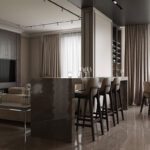From Ahlat to Modern Slatstone Panels
For centuries, stone has been more than just a building material — it has been a silent storyteller, a monument to civilizations, and a canvas for cultural memory. At Slatstone, we honor this timeless legacy by integrating these historical stones into our modern architectural panel systems, preserving both their physical durability and their rich heritage.
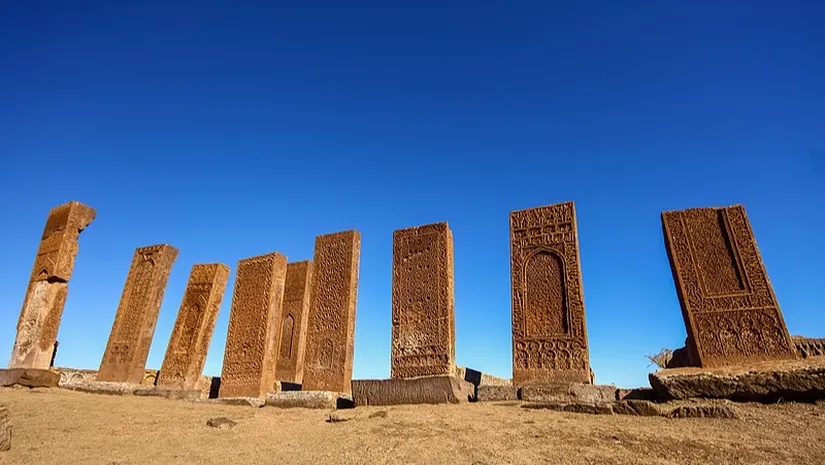
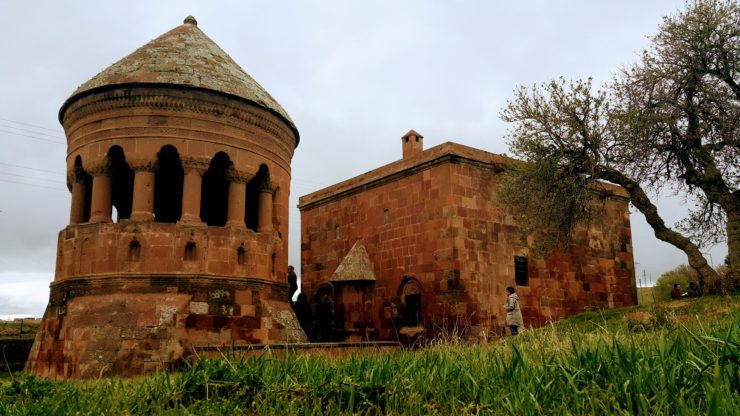
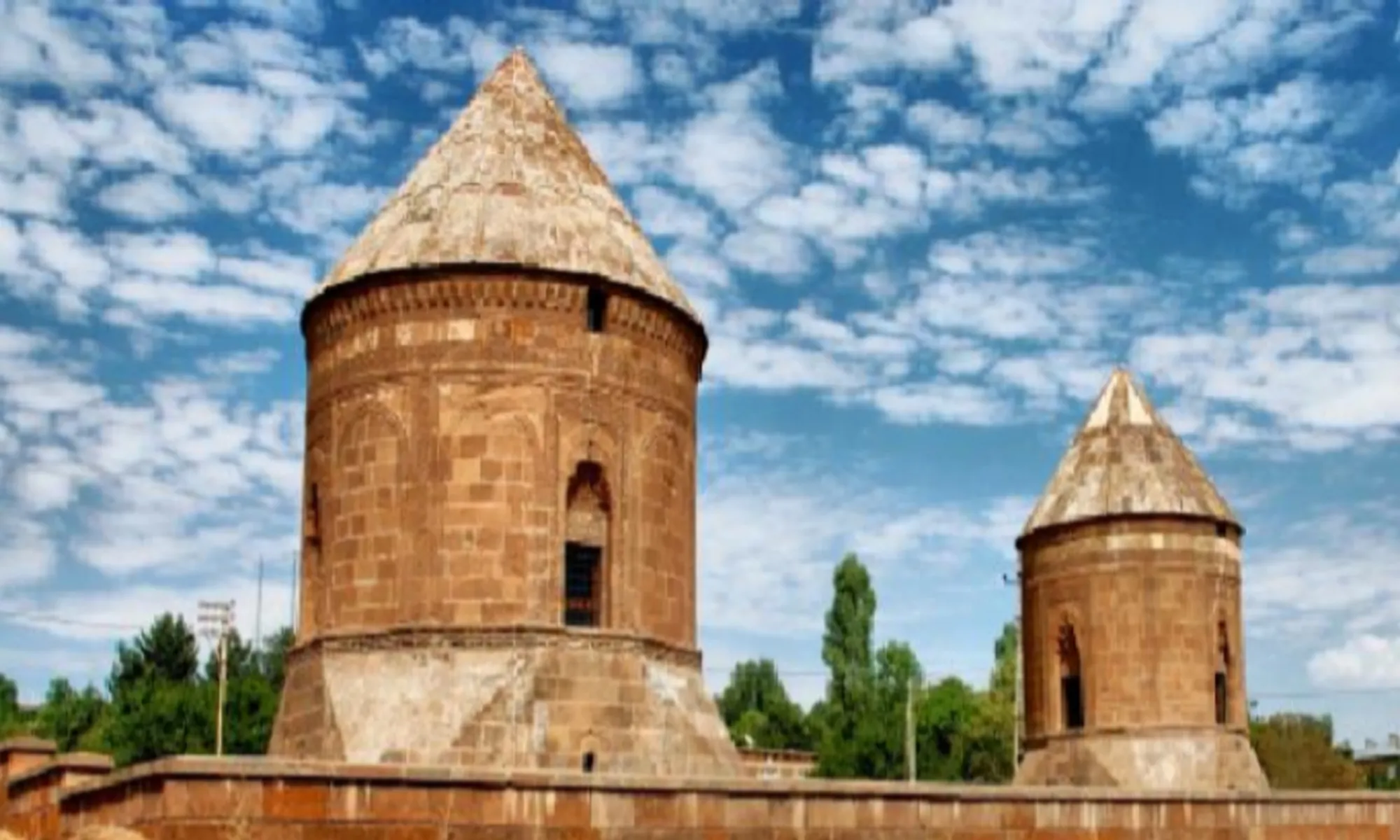
Ahlat: The Cradle of Architectural Stonework
Located on the northwestern shores of Lake Van in Eastern Anatolia, Ahlat is home to one of the richest historical heritages of stone masonry in the world. The city is famous for its volcanic tuff stones, derived from nearby Mount Nemrut’s ancient volcanic activity. These stones are not just practical due to their thermal and sound insulation properties — they also carry the essence of Anatolia’s deep history.
Since the 12th century, master craftsmen in Ahlat have carved intricate tombstones, monuments, and buildings using these local stones. The iconic Ahlat Tombstones — some over 800 years old — display breathtaking Islamic art motifs, inscriptions, and geometrical patterns that connect architecture with spirituality and identity.
From Past to Present: How We Integrate History into Modern Design
At Slatstone, we source similar natural stones, particularly tuff, basalt, and volcanic-derived materials, from historic Anatolian quarries. These are not mere decorative choices — they are functional, sustainable, and historically rooted materials that reflect the traditions of ancient stoneworkers.
Our stone panel systems fuse centuries-old materials with modern aesthetics and acoustic performance. Whether used for interior feature walls, façades, or commercial environments, Slatstone panels offer a deep sense of permanence, craftsmanship, and authenticity.
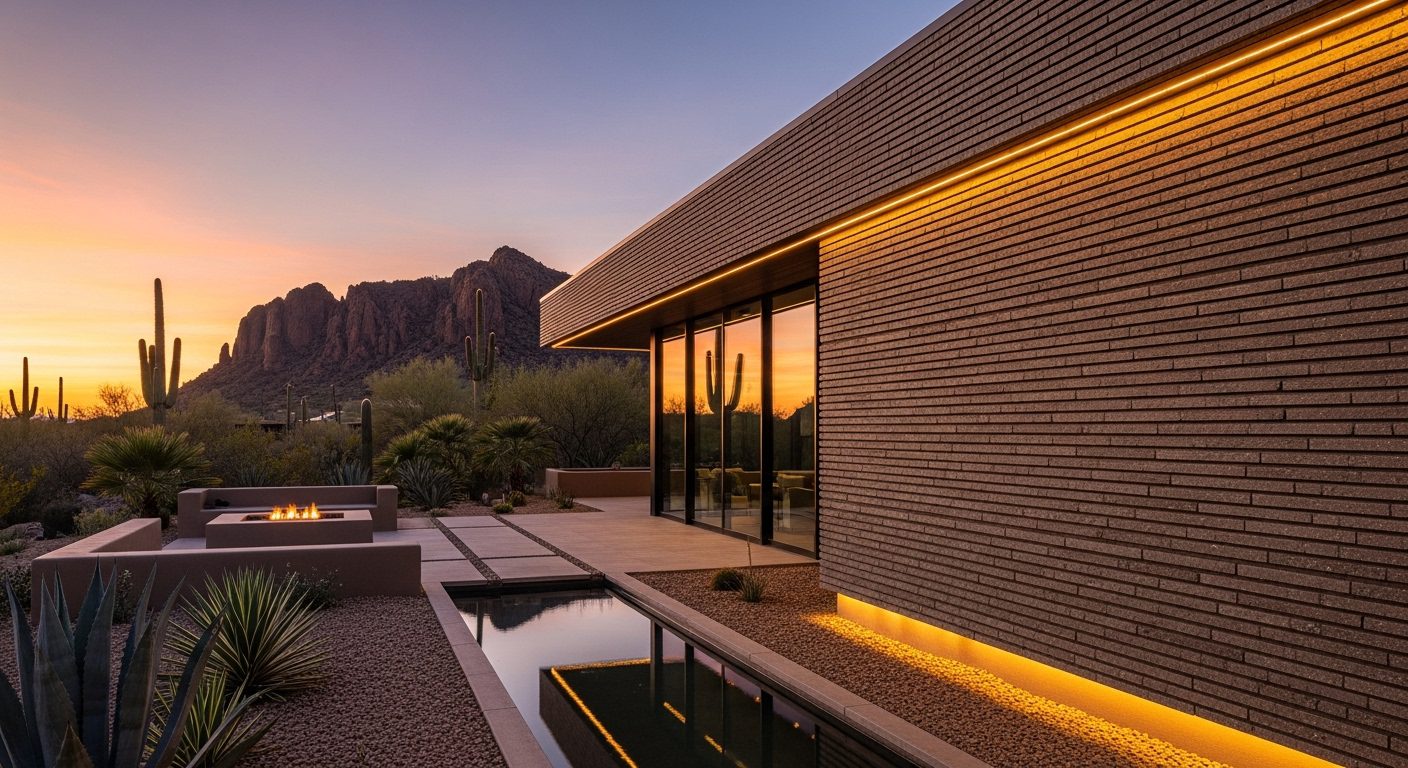
Ahlat: The Cradle of Architectural Stonework
Located on the northwestern shores of Lake Van in Eastern Anatolia, Ahlat is home to one of the richest historical heritages of stone masonry in the world. The city is famous for its volcanic tuff stones, derived from nearby Mount Nemrut’s ancient volcanic activity. These stones are not just practical due to their thermal and sound insulation properties — they also carry the essence of Anatolia’s deep history.
Since the 12th century, master craftsmen in Ahlat have carved intricate tombstones, monuments, and buildings using these local stones. The iconic Ahlat Tombstones — some over 800 years old — display breathtaking Islamic art motifs, inscriptions, and geometrical patterns that connect architecture with spirituality and identity.
From Past to Present: How We Integrate History into Modern Design
At Slatstone, we source similar natural stones, particularly tuff, basalt, and volcanic-derived materials, from historic Anatolian quarries. These are not mere decorative choices — they are functional, sustainable, and historically rooted materials that reflect the traditions of ancient stoneworkers.
Our stone panel systems fuse centuries-old materials with modern aesthetics and acoustic performance. Whether used for interior feature walls, façades, or commercial environments, Slatstone panels offer a deep sense of permanence, craftsmanship, and authenticity.
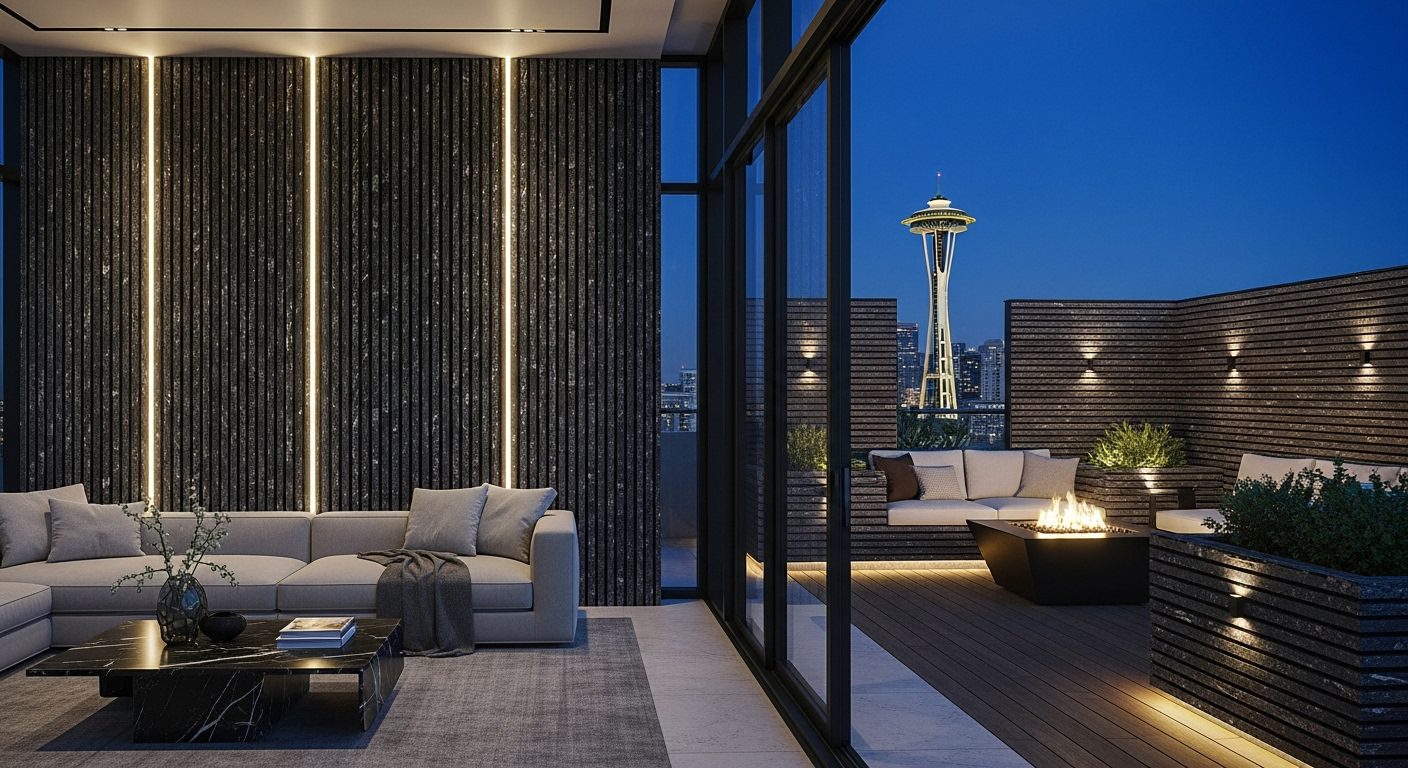
Why Stone Still Matters in Modern Architecture
Stones like those from Ahlat stand the test of time — resistant to harsh climates, naturally insulated, and endlessly unique in texture and tone. In a world of synthetic materials, our return to natural stone celebrates a sustainable approach to design, aligning with both modern eco-conscious values and ancient wisdom.
By using volcanic and sedimentary stones that have shaped Anatolian cities for centuries, we allow our customers to experience a tangible link to history — not as a distant story, but as a living material within their space.
Crafted by Nature. Designed for Today.
Each Slatstone panel carries a piece of geological and cultural legacy. It’s not just about the stone — it’s about what the stone has seen. Battles, empires, prayers, artisans — all engraved in its rough texture.
Let your spaces speak the language of the past while embracing the comfort and functionality of the present.





